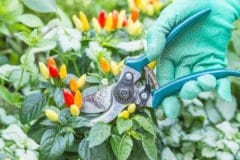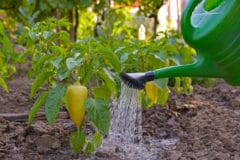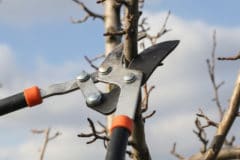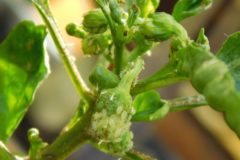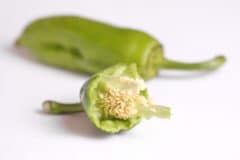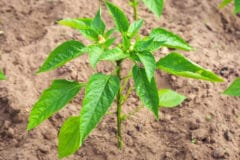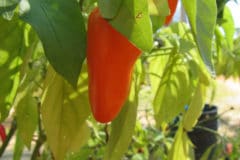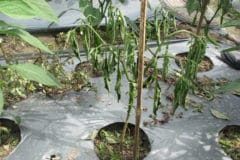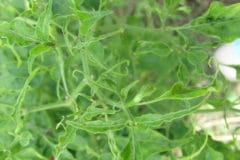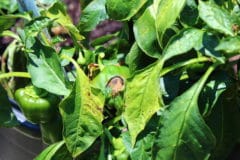How To: Early Season Pruning
Usually, pepper pruning is separated into categories:
- Early Season
- Late Season
- Overwintering
- Ornamental
Early season pruning actually reduces the number of fruits produced by each plant. Many home gardeners will skip this pruning but still practice late season pruning. While reducing the number of fruits, it is believed to improve the quality of the fruits that do grow.
When plants are 12 inches tall, remove small branches and suckers. Choose several strong perpendicular branches coming off of the main stem to be your fruiting branches and remove weaker branches. This will let light in and focus energy into the main branches.
Suckers are shoots that grow out of the nook where a branch splits into two. They can also grow out of where a branch protrudes from the stem of the plant. These are propagation shoots meant to help the plant multiply. Once removed they can be rooted in water and planted as clones of the original pepper.
How To: Late Season Pruning
As the season winds down and the frost is about three weeks out, you are harvesting all the fruits off your pepper plants. There will inevitably be green unripened fruits still on the plant. Late season pruning focuses all the energy into ripening what is left on the plant, maximizing your harvest.
Remove all the ripe fruit but leave fruits that are almost ripe or still green. Prune back bare stems, flowers, and buds leaving only the branches bearing green fruit. Depending on how close the frost is approaching, remove extra small fruits that will not have time to ripen leaving only those that can potentially mature.
How To: Pruning For Light And Airflow
Some gardeners prefer to shape their pepper plants to ensure adequate airflow, branching, and sunlight. This process is done throughout the season as the plant grows and is popular with ornamental peppers and small bushy varieties.
To encourage branching, cut back the tips of lengthy branches. Branches will then sprout from the nodes closest to your cut. This is called ‘topping’ since you are removing the top of a branch. Remove large leaves that block sunlight from reaching fruiting nodes and branches to encourage more nodes to leaf out and flower.
Pruning To Overwinter
Some gardeners will overwinter their pepper plants indoors in a dormant or semi-dormant state. Pruning the plant back to the main stem only allows it to focus energy on the roots.

